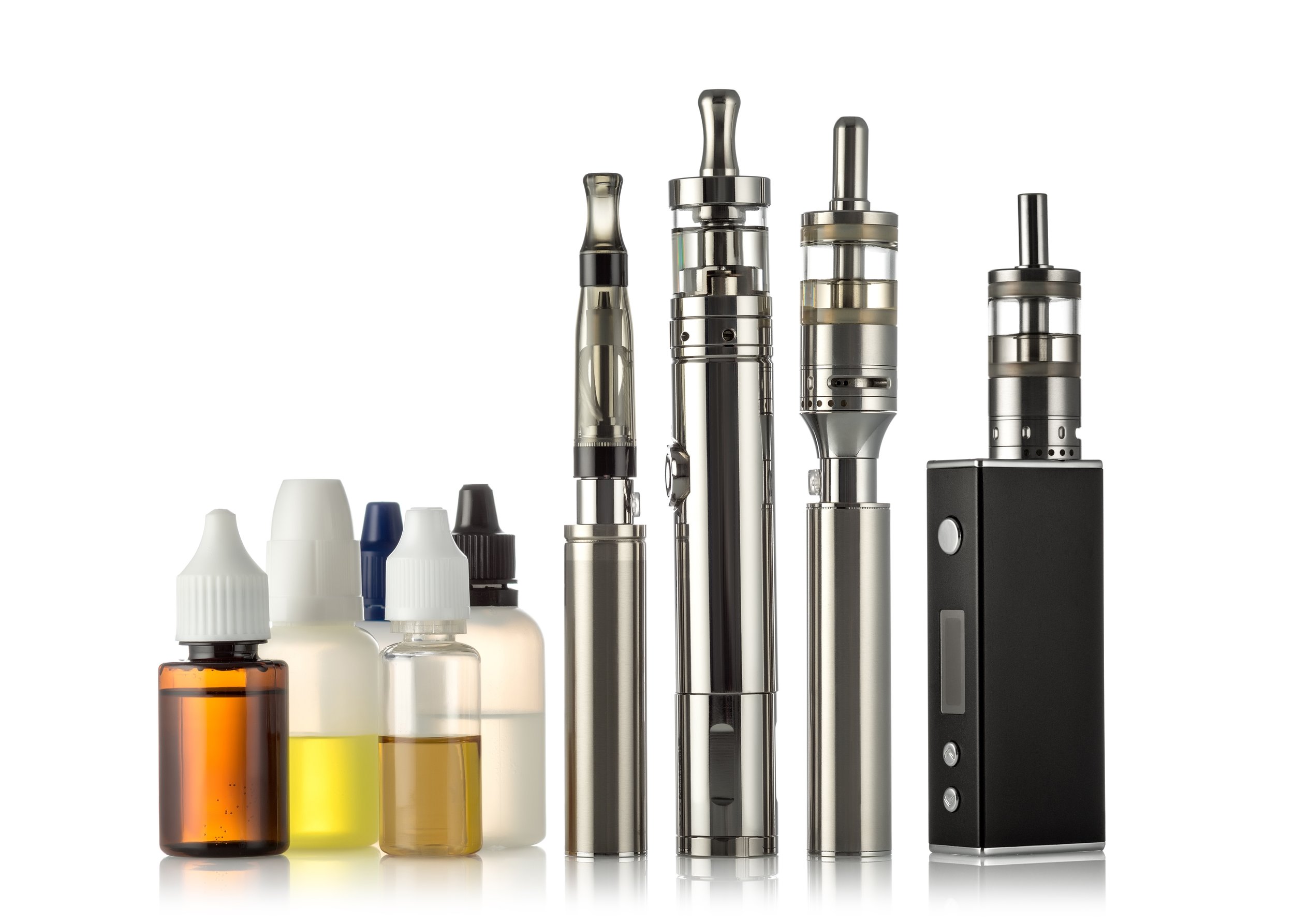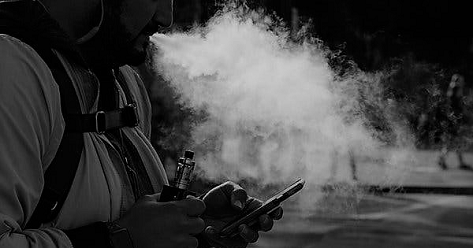Four Corners investigates the explosion in vaping amongst teenagers and the booming black market which is thriving in Australia due to a failure to police the rules.
“It was very clearly marketed to young people, people who had never smoked. You had ads in teen magazines. You had ads on children's cartoon websites. It's no wonder this product appealed to young people so much. It was designed for them. It was marketed to them, and it was available to them.” Public health academic
it is becoming clear that the risks regarding vaping as a gateway drug previously highlighted by health bodies are being realised with a significant public health issue of nicotine addicted youth - despite the protestations of pro vaping bodies and big tobacco lobbied politicians pushing individual rights and health outcomes. LHPC
The Four Corners presentation by reporter Grace Tobin is available in full on abc.net.au












